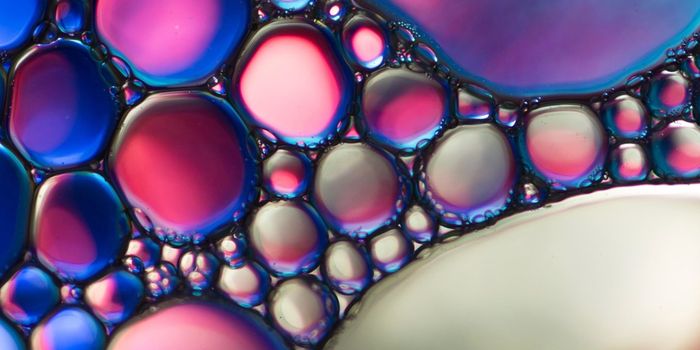Viruses can Stimulate Photosynthesis in Bacteria
Scientists have found that a virus can stimulate photosynthesis in bacterial hosts. The work, which was performed at the University of Kaiserslautern and Ruhr University Bochum was reported in the Journal of Biological Chemistry.
Viruses invade a host cell and take over the machinery for its own gain, using it to replicate and disseminate. Viruses that infect bacteria specifically are called bacteriophages. "They abuse the bacteria to produce new virus proteins," explained Microbiology Professor Nicole Frankenberg-Dinkel of the TU Kaiserslautern. "This creates new viruses that are assembled in the host cell." Additionally, bacteriophages have a genetic feature called auxiliary metabolic genes in their genome. "These are responsible for producing various proteins. They appear to give the virus an advantage, for instance, by stimulating the host cell`s metabolism," added Professor Eckhard Hofmann, the leader of the protein crystallography group at Ruhr University Bochum.
The scientists utilized cyanobacteria for their work, you can learn more about them in the video above. Cyanobacteria are bacteria that satisfy their energy needs by [hotosynthesis; they are a blue-green algae. For this work the investigators analyzed a bacteriophage that invades cyanobacteria. The scinetists zeroed in on a specific protein and worked to determine its structure in order to gain insight into its function.
"Our findings indicate that it plays an important role in the assembly of light-harvesting complexes in host bacteria," explained Frankenberg-Dinkel. These complexes enable the microbes to use the energy provided by sunlight. They use photosynthesis, a chemical reaction converting carbon dioxide and water into carbohydrates and oxygen with light energy. "These light-harvesting complexes consist of proteins and coloured pigments," said Frankenberg-Dinkel. For the blue-green algae, a pink colored pigment (phycoerythrobilin) has a special role.
The research team determined that the focus of their work, the viral protein called phycobiliprotein lyase CpeT, binds to that pink pigment, and the resulting association has notable stability. "By looking under the microscope, we have also seen that the complex is highly fluorescent," Frankenberg-Dinkel commented.
This work has demonstrated how a viral protein can stimulate the construction complexes that work to harvest light. "This gives the virus an evolutionary advantage," Frankenberg-Dinkel said. "They ensure a high rate of photosynthesis in the bacteria during infection, meaning sufficient energy is available for the production of new viruses."
This mechanism is widespread among viruses that infect blue-green algae. However, further studies will have to clarify why the genome of the viruses only contains certain auxiliary metabolic genes. Bacteriophages are among the most prevalent biological entities on earth. They are not considered living creatures. Scientists have discovered many new bacteriophages in recent years. Researching them will provide important clues to their biological function.
Would you like to know more about photosynthesis? Check out the video.
Sources: AAAS/Eurekalert! via Ruhr University Bochum, Journal of Biological Chemistry








